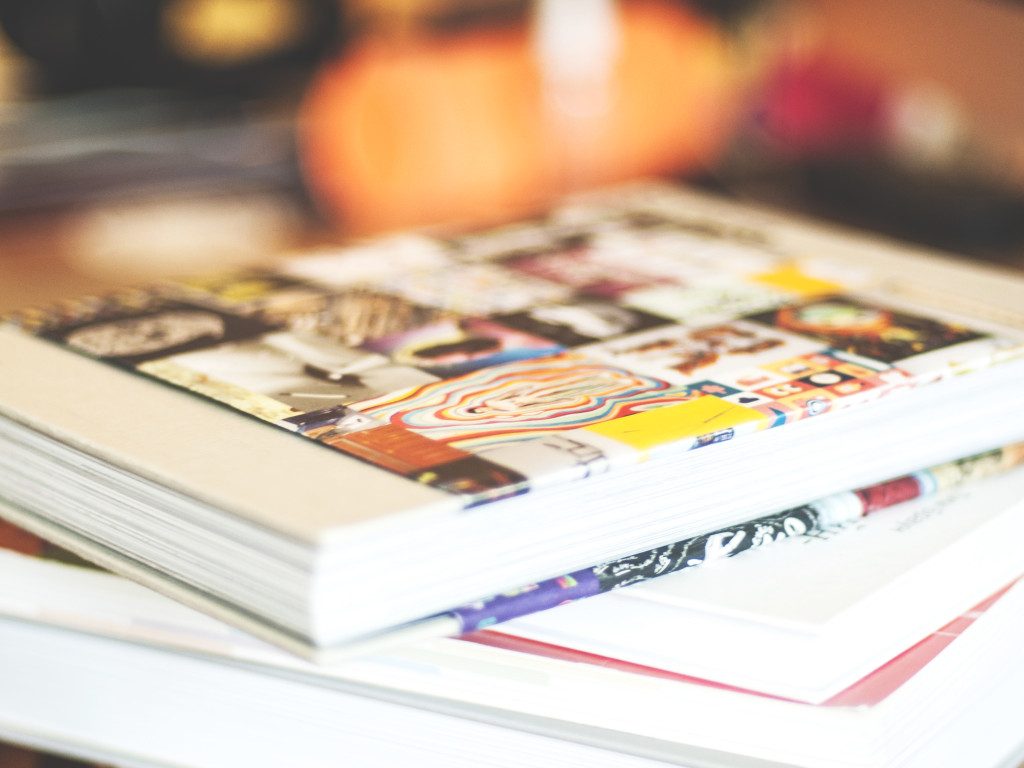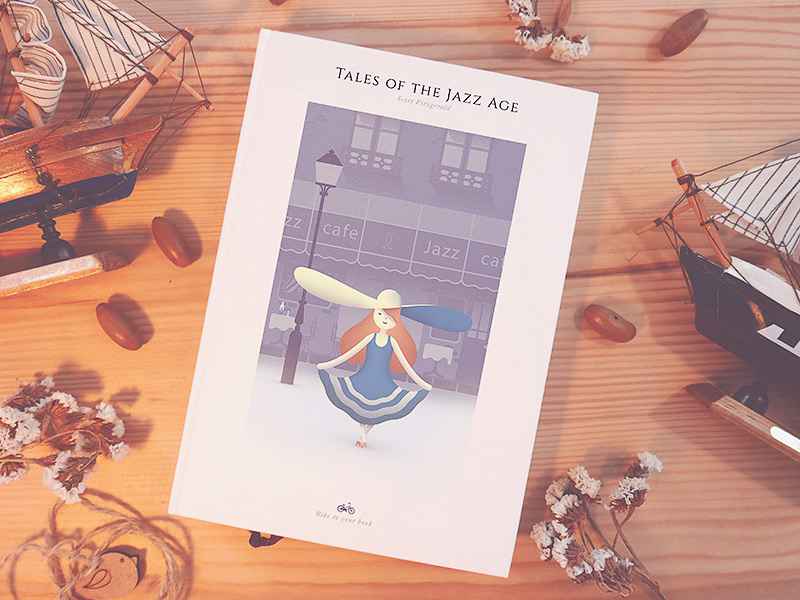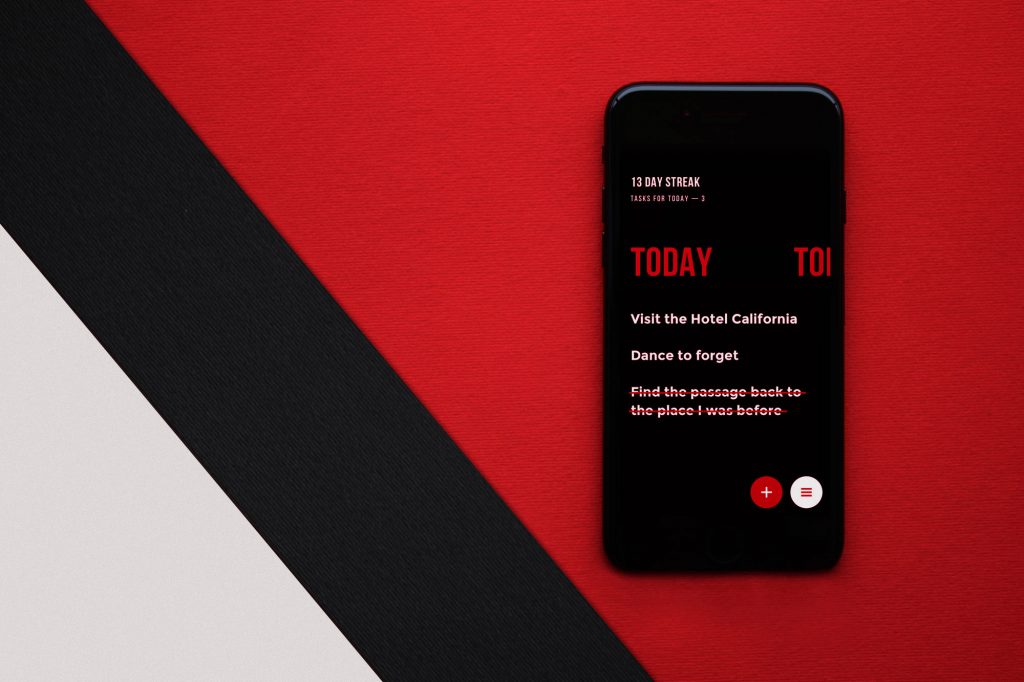The field of modern digital design is incredibly dynamic as more and more new tools, devices, products, users’ needs and wishes are opening a broader and broader perspective for professionals. That is why it is actually hard to find such an official position as a Designer in any company staff specifications. Reading bios via internet blogs and platforms, you can come across tons of various positions in the design sphere, such as product designers, graphic designers, UI/UX designers, interaction designers, logo designers, and so on and so forth. Actually, all of those positions have something in common, working over the best solutions for product use and promotion, but all of them are concentrated on the different sides of a design object.
So, today’s issue of our FAQ Design Platform in Tubik Blog will concentrate on some popular questions along with the nature and differences of some positions in such a diverse sphere as design. The answers are based on the thoughts we have provided for those popular questions on Quora, which you are always very welcome to read and where we are always happy to share our ideas, knowledge, and experience.
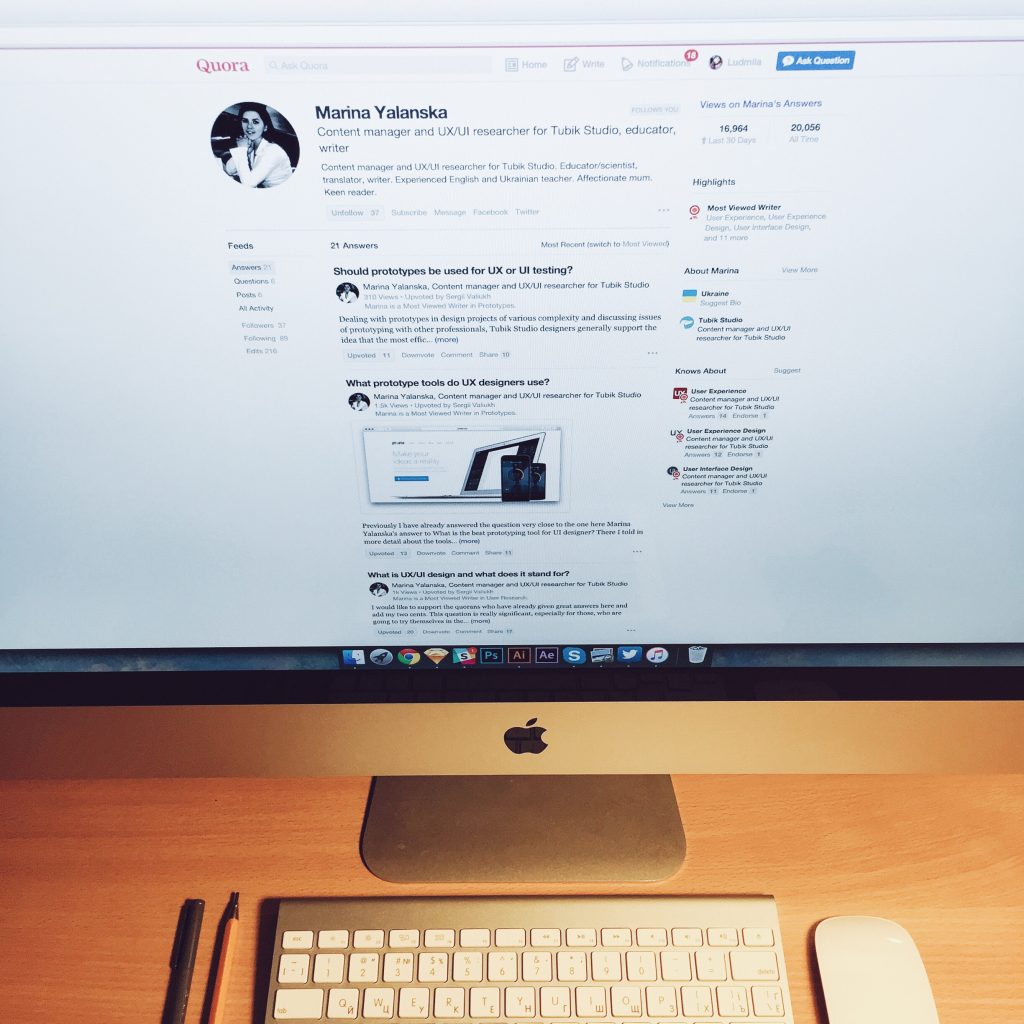
Can you be a UX/UI/Web designer without knowing programming at all?
On the basis of work experience for Tubik Studio and communication with designers from other companies and studios, it is possible to give an absolutely positive answer. Yes, you definitely CAN be a UI/UX designer for app and web with no background or theoretical knowledge of programming.
Actually, it should be mentioned that the question of whether UI/UX designers should know how to code or not is one of the “eternal” discussions in the design sphere. There are, basically, two camps of extreme positions. One of them claims that programming/coding is an absolutely vital thing to know, and you cannot provide really efficient UI/UX without knowing how to code. The other side believes that knowledge of programming kills creativity in design as, in this case, the designer is limited by the rules, standards, and restrictions of development. Both positions are supported by numerous articles and discussions, and both somehow make sense if you think about the issue from the perspective of real design projects.
Basically, the task of a UI/UX designer is to analyze the target audience and their needs, to make research, create an efficient layout and well-thought-out system of transitions, wrap it in an attractive but highly usable and clear visual design, and test the solutions. UI/UX designer is not a developer: they work on the same product, but from different sides, as well as for example, a writer, an editor, and a publisher work differently on the same book. However, it is obviously pleasant for developers if a UI/UX designer is able to produce designs that consider at least the basic limitations and points of programming and coding.
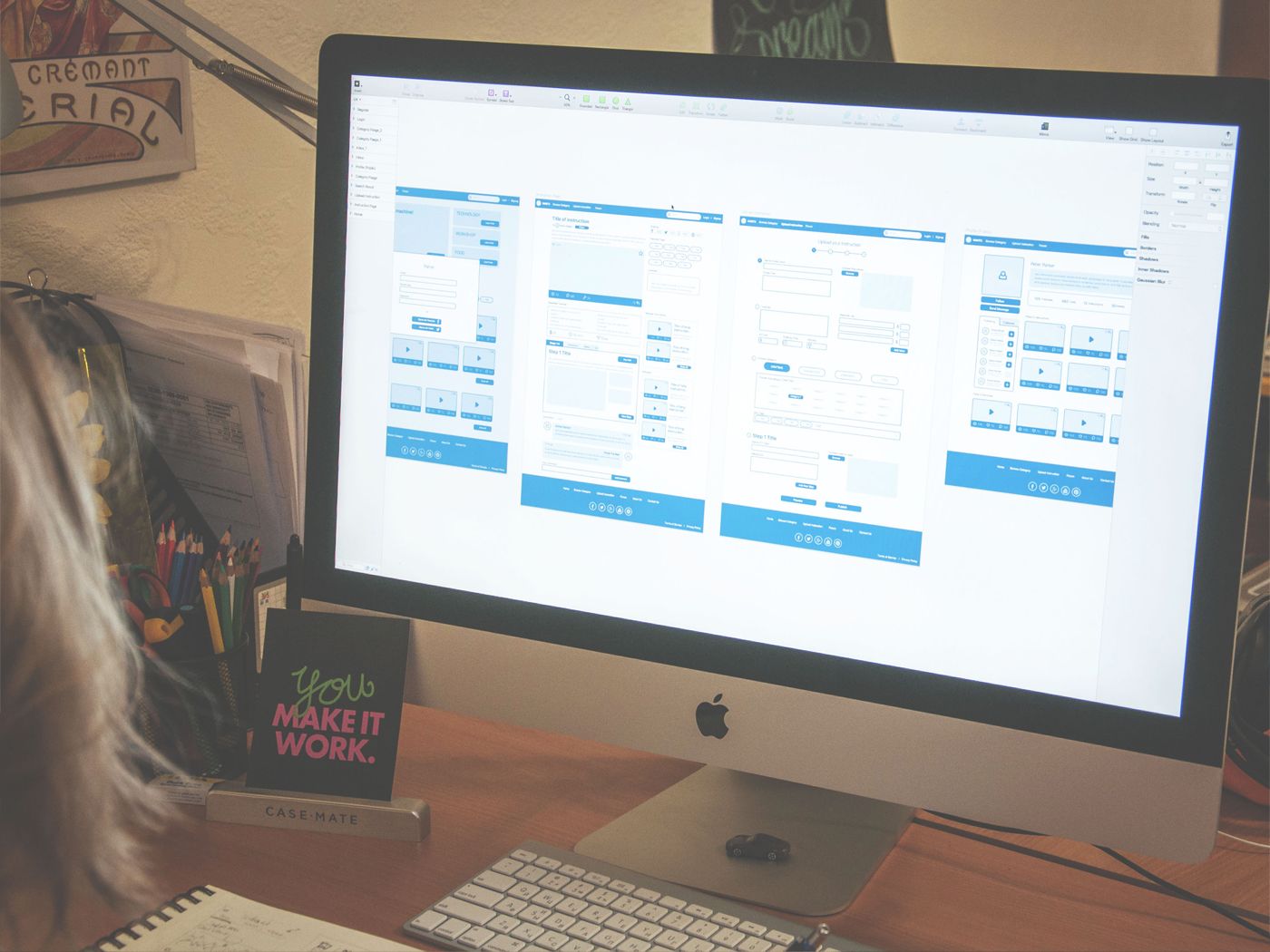
There is a great bunch of successful experts in the spheres of app and web design who have never had anything in common with the sphere of coding and development and provided great design solutions with a very high level of usability. Nevertheless, it cannot be said that they are totally out of the issue. Designers, who are keen to create viable product designs, usually tend to get acknowledged with a general understanding of development basics. That really supports the designer in providing as effective a design as possible, considering all the stages of its creation and implementation. However, it doesn’t mean that without this sort of knowledge, it’s impossible to create good designs. Moreover, if designers work in a team with developers, they can create designs without knowing to code even easier as they are supported by developers who control the process from the perspective of coding.
Ideally, a happy medium should be found in this issue without any extreme positions. If designers tear themselves too far away from development reality, they risk losing the viability of their designs and could end up having a great deal of amazing and terrific concepts, none of which will be implemented in real products. On the other hand, if designers concentrate too much on the limitations of coding, they risk becoming unable to think out of the box and provide original design ideas. Keeping a wise balance provides the harmony.
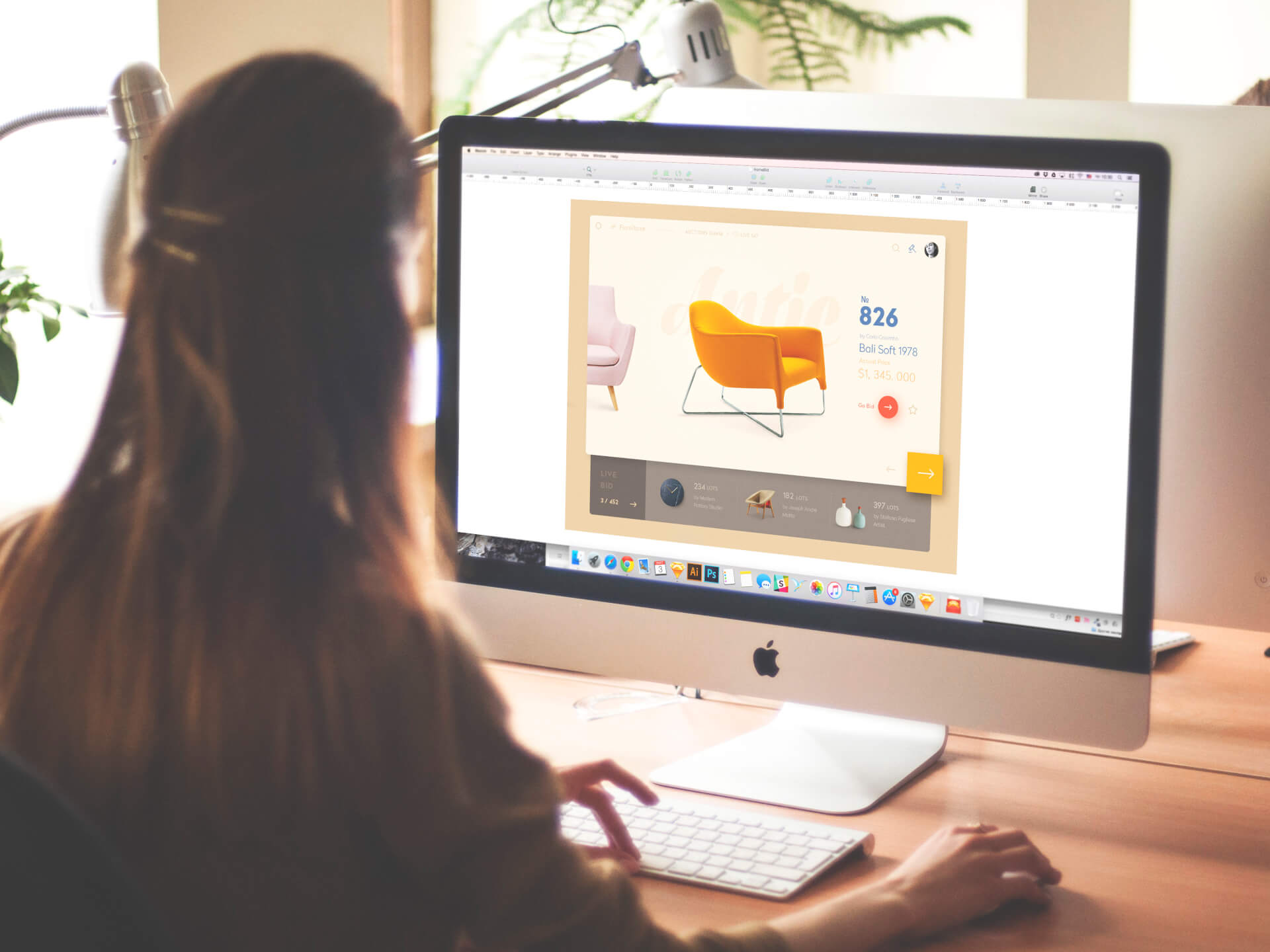
So, to sum up, a person can become a successful UI/UX designer not knowing programming and development; however, this kind of knowledge can be supportive if used wisely.
What is the relationship between UI design and icon design?
Answering the question in general, it should be said that icon design is an essential and integral part of UI design. Seeing the definition of UI design as the stage of the design process, which provides the visual representation of all the concepts, icons are the vital element of the user interface of the product enabling successful and effective interaction with it.
Working with loads of projects on UI/UX design, we see icon design as the significant stage in the general design process. Since this topic is now actual and popular, we have previously published an article called Iconic Simplicity. The Vital Role of Icons considers the part of icons in creating an efficient design.
Basically, an app or desktop icon is an image that has a kind of symbolic and metaphoric potential that becomes the element of navigation in the process of interaction. In deeper explanation, an icon is a visual symbol representing some real or virtual action, thing, person, etc. In many cases, icons are able to stand up for the text, and this ability makes them so popular in the world of modern web and app design. If you replace the stretch of copy with an icon, it saves the place for other elements of interaction on the app screen or webpage, therefore, making it more functional without being overloaded. Also, it makes the interaction faster as, in most cases, people need less time to see and understand the icon than to read and understand the piece of text.
Moreover, the icons efficiently move the limits as they enable people who have the problems with copy perception and recognition, such as those who suffer from dyslexia or the like, to interact with the product. And finally, icons can successfully combine the functions of navigation and explanation with being the aesthetic element of the visual representation of the product, supporting the general style, and having their own character.
Here is an example of the icons set by one of the Tubik designers. It can be used in different apps keeping the style consistent and harmonious.
![]()
Multimedia Icons Set
So, the role of icons design as part of general UI design is very important that makes designers put considerable time and effort into the creation and adaptation of clear, meaningful, and recognizable icons, which at the same time will become nice graphic elements of the layout in general stylistic concept.
Is it worth learning icon design as a UI designer?
On the basis of ideas in the previous answer, we tend to give the answer “Yes” to the question. Icons are the vital element of the user interface of the product enabling successful and effective interaction with it. Therefore, it is worth learning how to deal with them in case the designer wants to work effectively and create high-quality interfaces.
Concentrating on the aspect if it’s necessary to learn icon design; actually, now, with numerous sets of diverse icons created by professional graphic designers, it is possible not to create handcrafted icons but use ready-made icons corresponding to the style of the app. So, to some extent, it is possible to create UI design not getting dip into all the secrets and peculiarities of icon design. However, there can be a bit of a trap, as nowadays, with growing functionality and inventing new features, the bulk of ready-made icons can appear not to satisfy all the needs of the particular interface. Using icons that do not perfectly fit the general style of the app or website, a designer can risk losing the feeling of harmony.
Understanding the vital role of icons, our designers in the studio not only create original icon packs but also present concepts to demonstrate how well-thought-out icons can support general UI solutions. Here is an example of such a presentation based on the set of icons you could see in the previous answer.
![]()
Multimedia Icons Presentation
We deeply believe that it’s really essential to study and practice icon design for designers who set high aims in their career ladder and want to be ready for complex design tasks and create efficient and original interfaces. The experience of working on various UI/UX design projects, dealing with customers, and researching existing design products shows the precious nature of the ability to create meaningful and symbolic icons, which would correspond with general stylistic solutions of the product and would become the harmonic tool of successful interaction.
To become successful in such a dynamic sphere, you need to be strong and competitive in your field. Practice shows, that skill of icon design inevitably makes a UI designer stronger and more flexible in the accomplishment of different design tasks.
Can anyone be a graphic designer?
Physically any person, with hands and eyes working properly, is able to try himself or herself in the sphere of graphic design. As well as anyone who is able to write can try writing, and anyone able to communicate can try, let’s say management or teaching. In any sphere, there always is a chance to become successful (or not) if you have the necessary basic physical abilities. However, it can often not be enough to become professional and efficient in this field.
Based on the diverse experience of communication with graphic designers, it is easy to see that to become a professional and bring home the bacon with efforts in the sphere of graphic design, the person needs to have a number of characteristics. And first of them, as for any creative job, are passion, talent, ability to work hard, and readiness for constant learning and self-improvement. Having all these traits, the person will be able to practice necessary skills, master needed software, gain a solid basis of theoretic knowledge, and so on. Behind the passion, we mean sheer and sincere interest in the field of design and feeling it as the source of inspiration and ambition. Without it, designers are able to solve the tasks and provide the results, but they will be technical, without any soul and heart. A book without a soul is just a set of words. An image without a soul is a set of shapes and colors. Communication without a soul is just a set of sentences. Design without a soul is just a set of features. To breathe life into all of them, the passion of the creator is a key factor.
However, with my words above, you can get caught in a trap. The passion which is being talked about is not something that just strikes you one day and tells you, “Stand up and go to design”. In most cases, passion is like appetite: it comes when the process starts when you try and feel that THIS is something you would like to do and grow in. Even more, there are many professionals who got into a deep and sincere passion for their craft in the process of improving their skills or accomplishing projects.
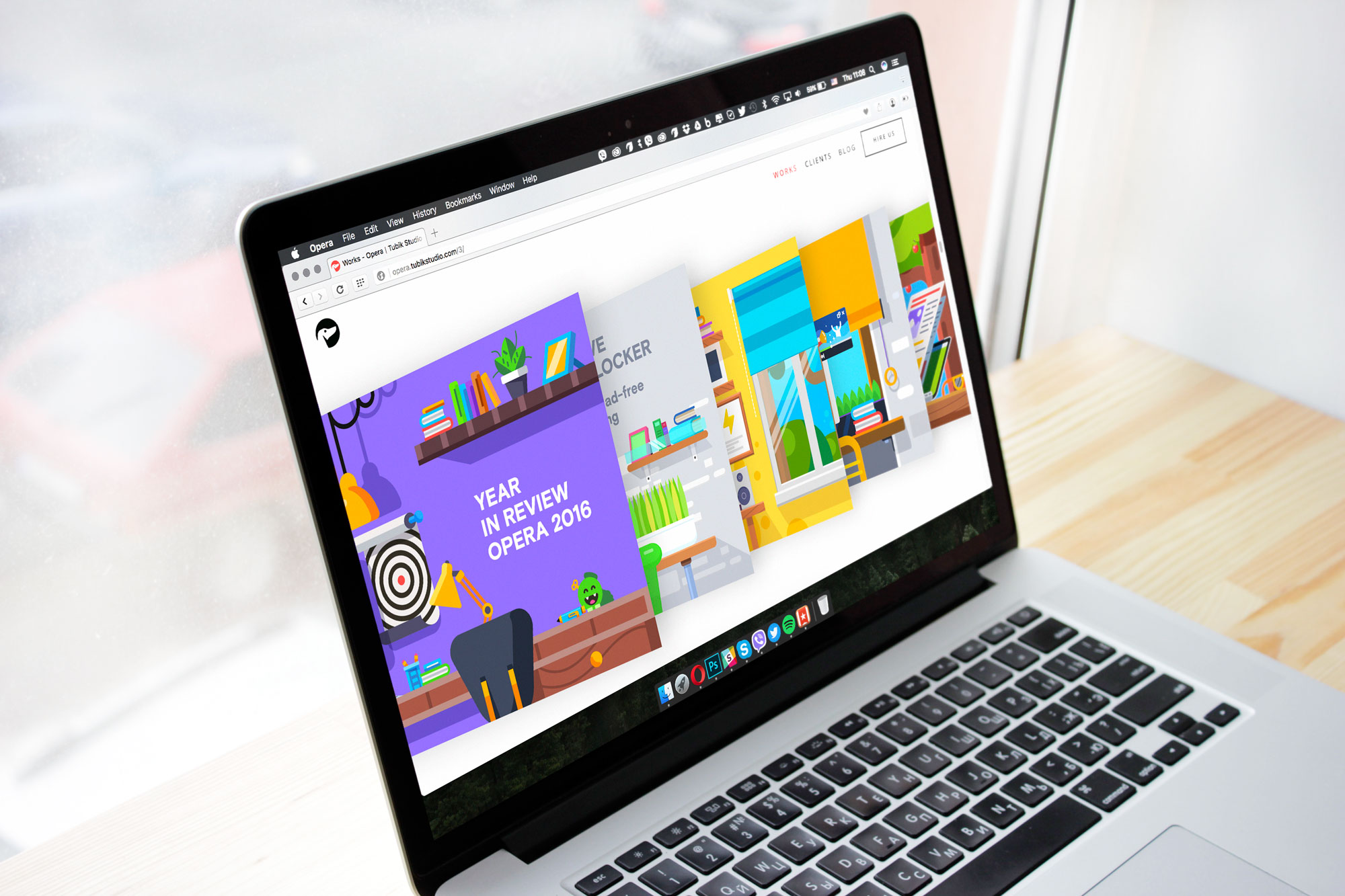
Graphics for Opera Year in Review project
No doubt, it’s possible to become a graphic designer only through hard work: the person will get the technical ability and will be able to accomplish the tasks requiring, perhaps, a lower level of creativity. And in this process, people sometimes open great interest and particular talents needed to achieve high results and appreciation in the sphere of graphic design.
One more thing to mention is that the job of a graphic designer (again, as any other creative work) sometimes looks so romantic, inspirational, bright, and deeply creative that people do not see hard and thorough work by developing some small details over and over again, with tons of iterations and great effort of creating not only good-looking but also effective and meaningful design. This job is not just the firework of bright emotions, creativity, inspiration, self-realization, and happiness. It is also hours of searching, sketching, polishing, staring at a computer screen with non-seeing eyes, communicating with clients, and keeping the deadlines and guidelines. The ability to combine all those sides of design reality is one more vital skill to make a successful professional.

So, summing up, we tend to answer: no, not anyone can be a graphic designer. But everyone can try if he or she wishes. This attempt, in any case, will be the gain as for someone, it will open the door to the diverse world of graphic design, while for others it will close that door opening the others at the same time and giving the experience which is anyway useful.
This is all for today. We’ll answer the next set of questions next Thursday here on our blog. The FAQ platform outlines several directions, so it features the questions, frequently asked by customers, designers, and users. We are open to sharing our experience, so if you have any questions, feel free to ask them via direct message on our Facebook page or Twitter as well as our Quora representative. We are looking forward to your questions!
Useful Reading
Many Faces of Graphic Design: What Do Graphic Designers Do?
Flat Design. History, Benefits, and Practice
Design Workstyle. Freelance vs Teamwork
Functional Art: 10 Big Reasons to Apply Illustrations in UI Design
How to Create Original Flat Illustrations: Designer’s Tips
Small Elements, Big Impact: Types and Functions of UI Icons
Modern Graphic Design: Directions and Purpose
FAQ: Does a Small Business Need a Website?
Design Career: How to Get a Dream Design Job
7 Simple Tips for a Beginner in Web and App Design
10 Ways How User Experience Designers Bring Value to the World



